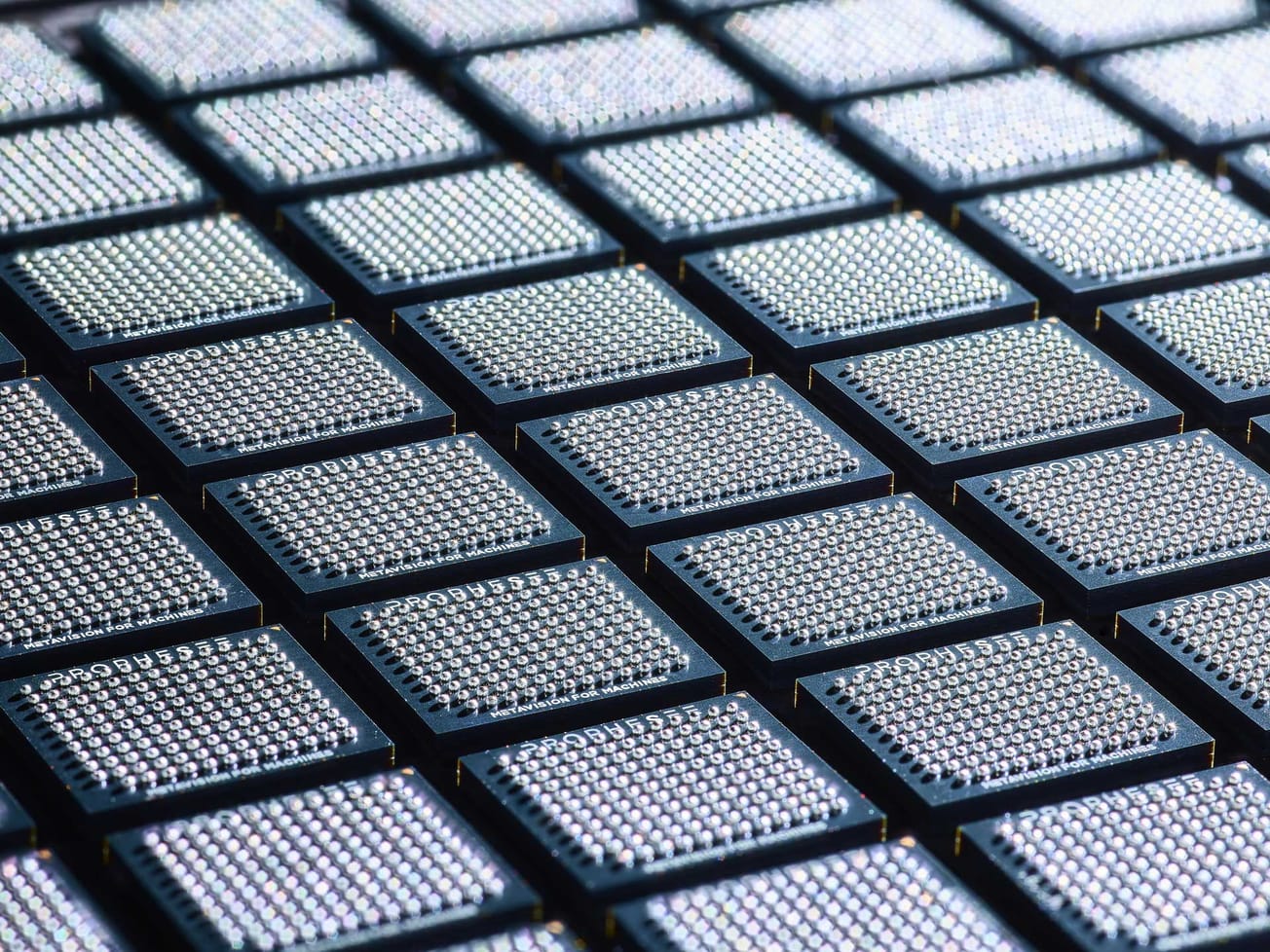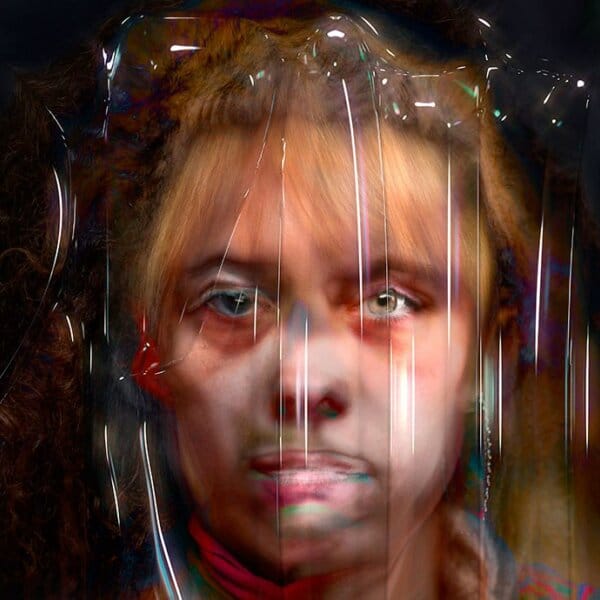Through documentary, video installations, and speculative films, Hito Steyerl critically explores diverse, contentious, and nuanced social phenomena such as surveillance, militarization, and mediatization imbued with metaphor and humor. The Berlin-based artist traverses ground between domains art, philosophy, and politics interrogating media, technology and the role of images in the global landscape.
Through documentary, video installations, and speculative films, Hito Steyerl critically explores diverse, contentious, and nuanced social phenomena such as surveillance, militarization, and mediatization imbued with metaphor and humor. The Berlin-based artist traverses ground between domains art, philosophy, and politics interrogating media, technology and the role of images in the global landscape.
Her exhibition titled A Sea of Data comes from her essay “A Sea of Data: Apophenia and Pattern (Mis-)Recognition” (2016), alludes to the exhibition’s aim of directing a new perspective on a digitally based data society that has been transformed into a different reality today.

The exhibition features 23 representative works showing the full gamut of Steyerl’s artistic vision, from early documentary-esque video works such as Germany and Identity (1994) and The Empty Centre (1998) to the more recent SocialSim (2020) and the new MMCA-commissioned work Animal Spirits, which explore digital technologies such as algorithms, artificial intelligence, and robot engineering in relation to human beings and society.
“Art is rather powerless…on the level of what it shows. It is more powerful on the level of how it shows.”
– HITO STEYERL

The exhibition poses a number of other questions: Can technology rescue human beings from the maelstrom of disasters and wars that we currently face? What is the role of the contemporary art museum in an era defined by planetary civil war, rising inequality, and monopolistic digital technology? How have digital visual systems transformed our perceptions of human beings and society? How do the low‒resolution digital images that the artist refers to with the term “poor image” relate to our ways of life? In the process, the exhibition seeks to provide an opportunity for broader consideration of and reflection on the new images, the visuality, the state of the world, and the status of the contemporary art museum brought about by digital culture in the context of accelerating digital capitalism and networked spaces.
To that end, the exhibition consists of five sections: “A Sea of Data,” “How Not to Be Seen: Digital Visuality,” “Technology, War and Museum,” “Liquidity Inc. – Global Fluidity,” and “Documentation and Fiction.”
Part 1, “A Sea of Data,” introduces major works by the artist that focus on issues of image production and circulation, data labor, and the current state of the contemporary art museum within a network society rooted in digital technology (data, AI, algorithms, and the metaverse). These include Factory of the Sun (2015), The City of Broken Windows (2018), Mission Accomplished: BELANCIEGE (2019), This is the Future (2019), SocialSim (2020), and Animal Spirits (2022). The new work Animal Spirits quotes the concept of John Maynard Keynes, the British economist who used the term “animal spirits” to refer to situations where human greed and fear cause markets to spiral out of control. It juxtaposes this idea with the ecological powers of Spanish shepherds centering around a cave showing wall paintings from the Paleolithic era, as it comments on the wild capitalist markets that have emerged today in areas such as bitcoin and non-fungible tokens (NFTs).
Part 2, “How Not to Be Seen: Digital Visuality,” centers around Steyerl’s representative work How Not to Be Seen: A Fucking Didactic Educational .MOV File (2013), identifying particularities of the digital visual system as it raises questions about the hierarchy between the “seen” and “unseen” in a digital world of widespread surveillance cameras and mass collection and recording of data.
Part 3, “Technology, War and Museum,” presents The Tower (2015) and Hell Yeah We Fuck Die (2016), works that raise questions about technological utopias and explore the hidden aspects of technology and war from a new perspective. Also featured are Duty Free Art (2015) and Guards (2012), which analyze the new role of the contemporary art museum as a place interacting with various social phenomena rather than as a sacred shrine.
Part 4, “Liquidity Inc. – Global Fluidity,” presents Liquidity Inc. (2014) and In Free Fall (2010), works that express the “circulationism” of a global network era where all things circulate, including objects, people, capital, information, and data. Steyerl also applies the term “poor image” to redefine the new value of the image in the era of fluidity, urging a new perspective on art and the value of the contemporary image.
Part 5, “Documentation and Fiction,” focuses on contexts of “documentation vs. fiction” and “truth vs. falsehood” as it presents the artist’s early experiments with documentary film from the early 1990s to the early 2000s, in which she focused on issues of inequality and of racism and anti- Semitism in the wake of Germany’s reunification. In the process, this section traces the origins of her documentary perspective today.





